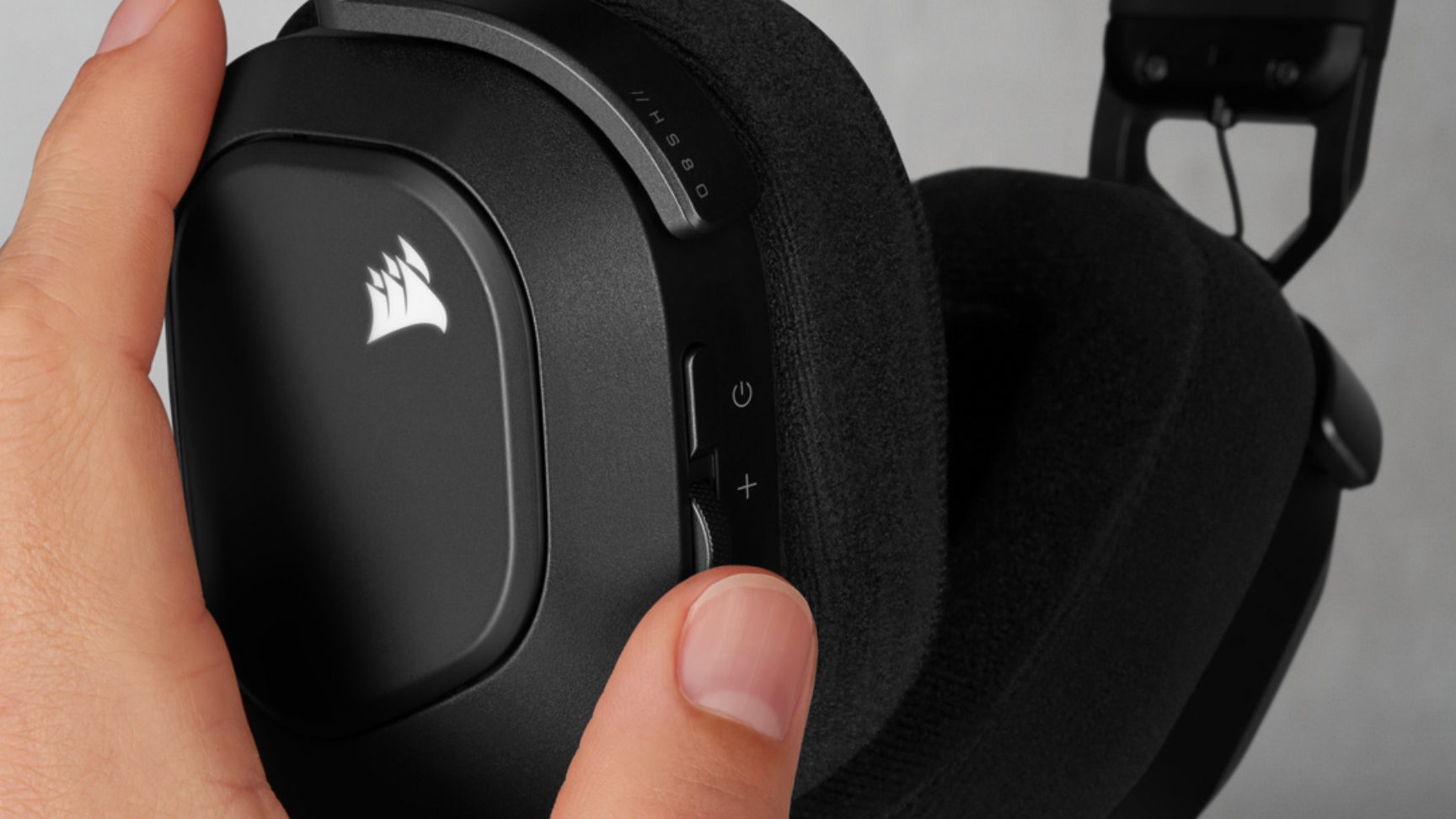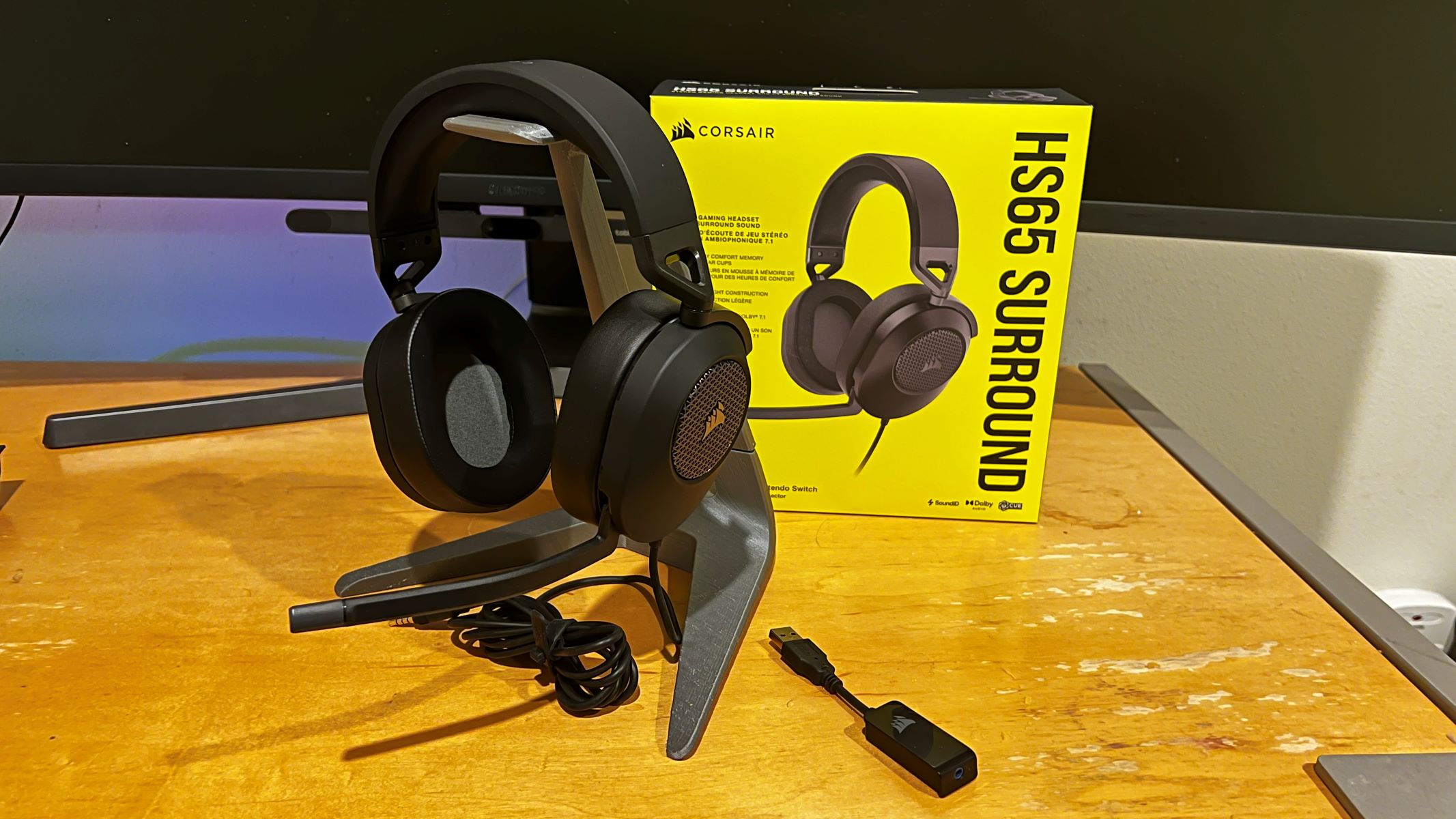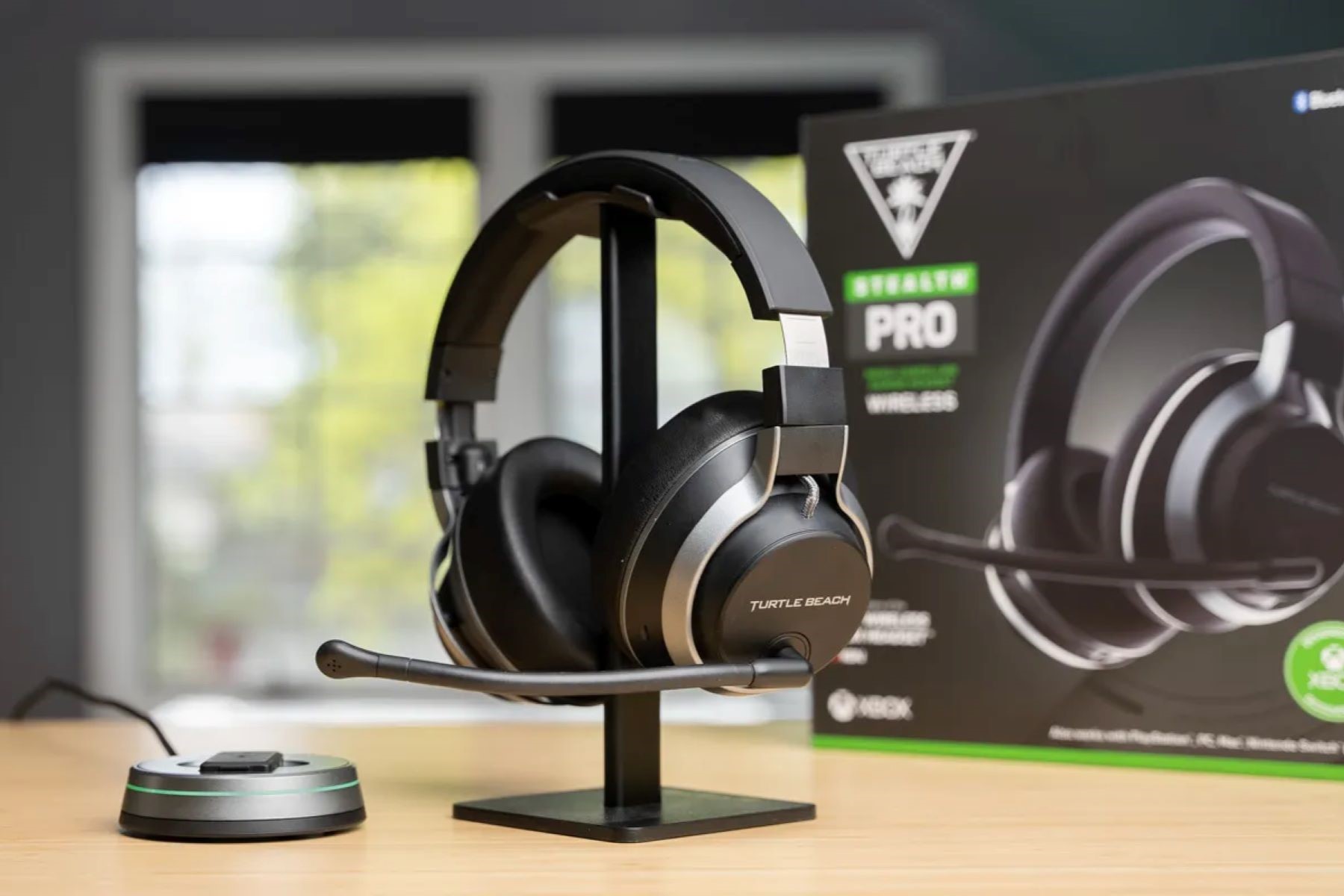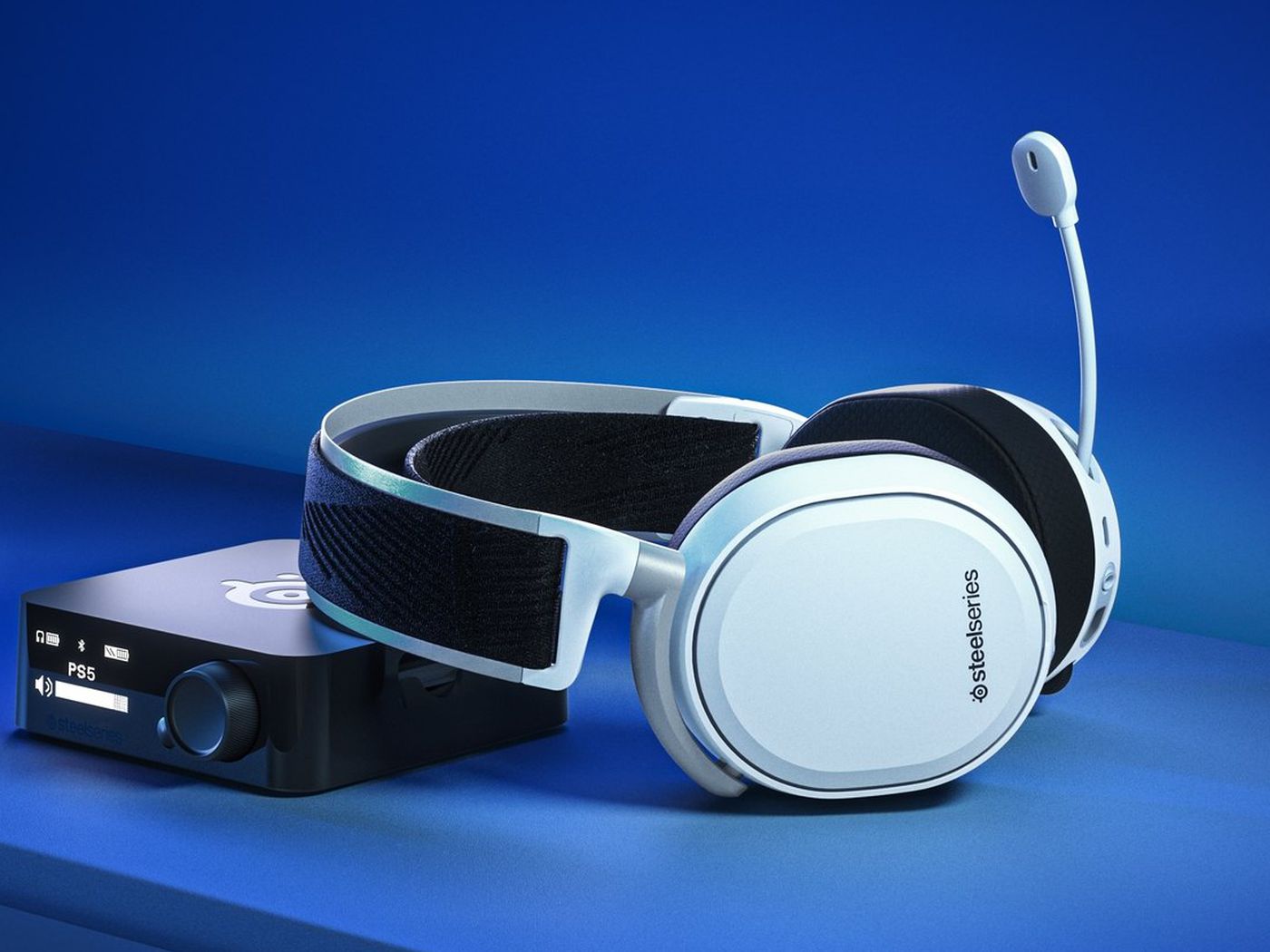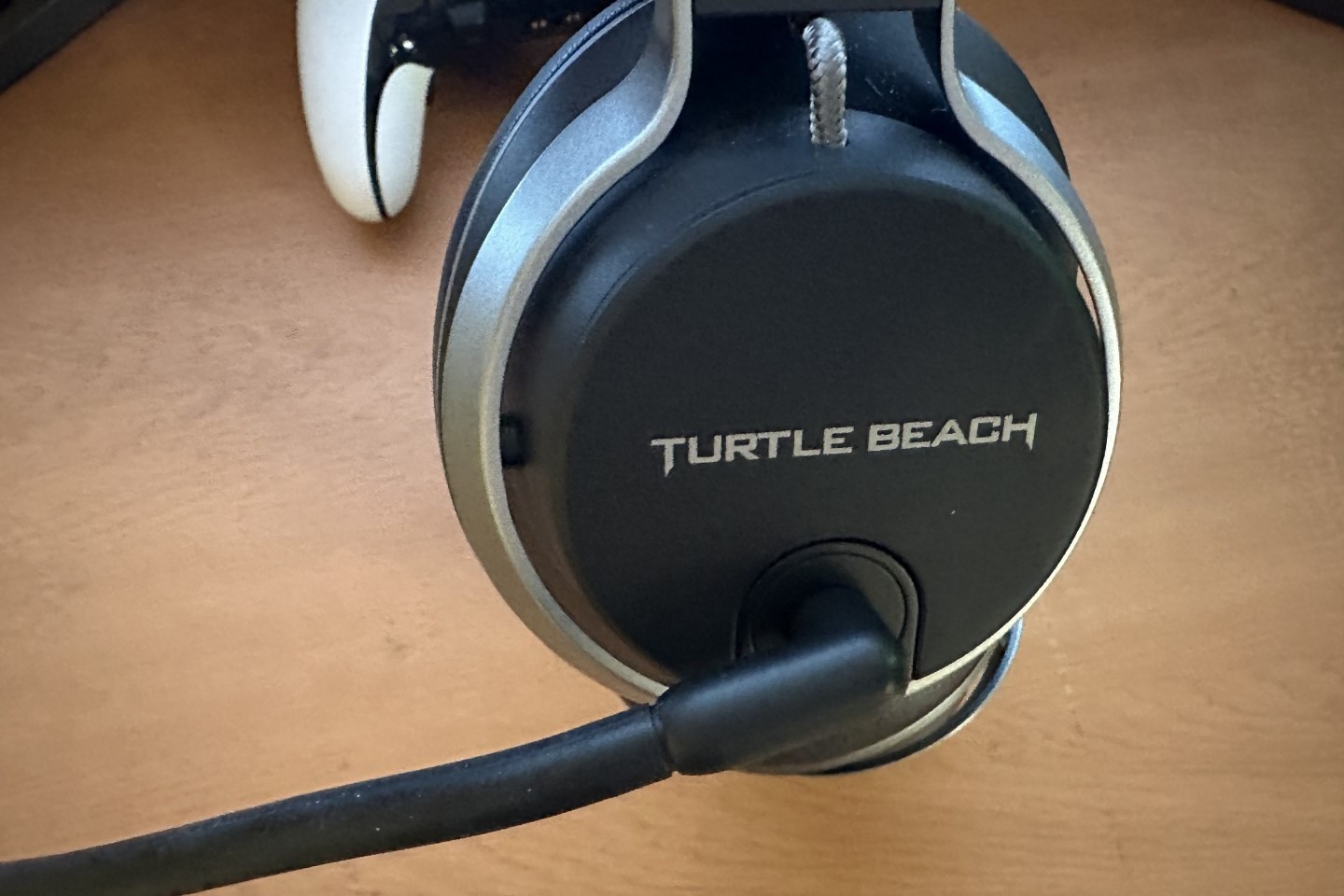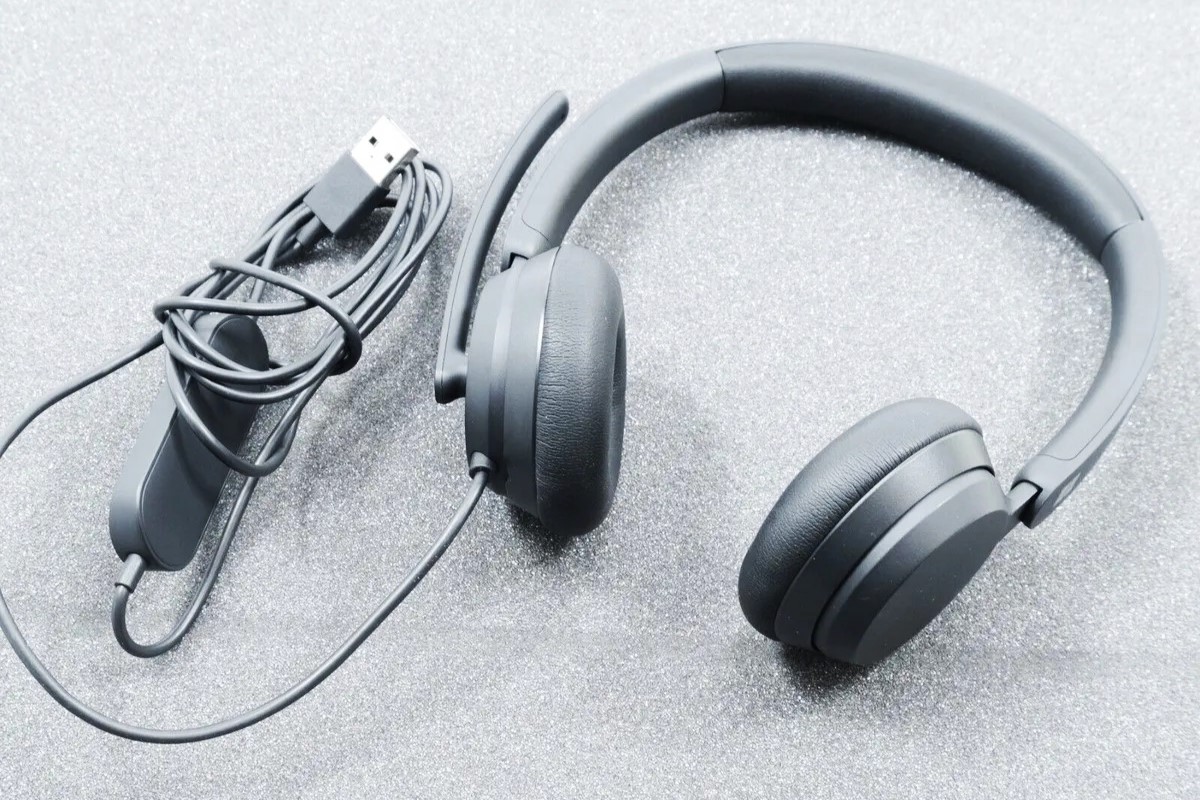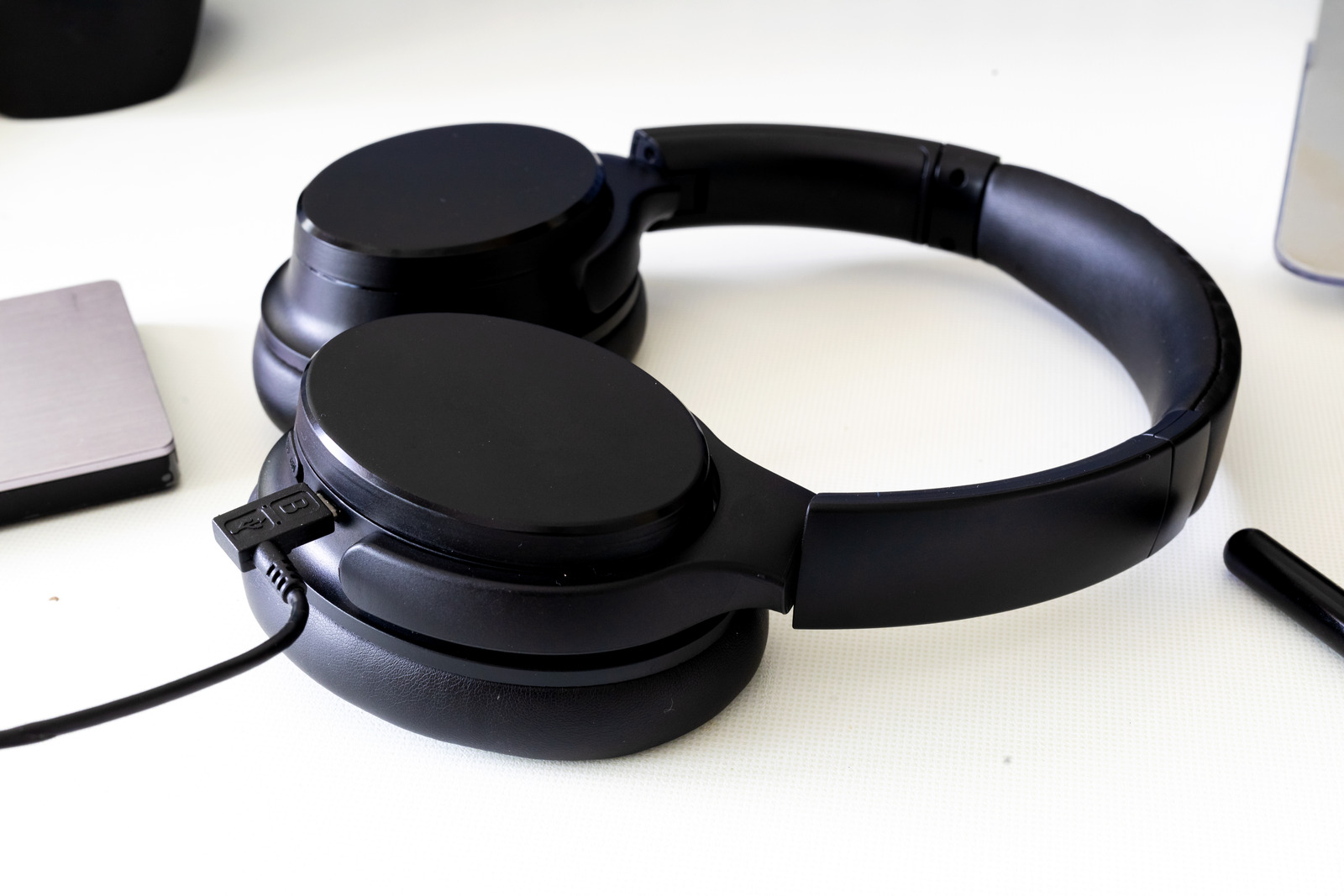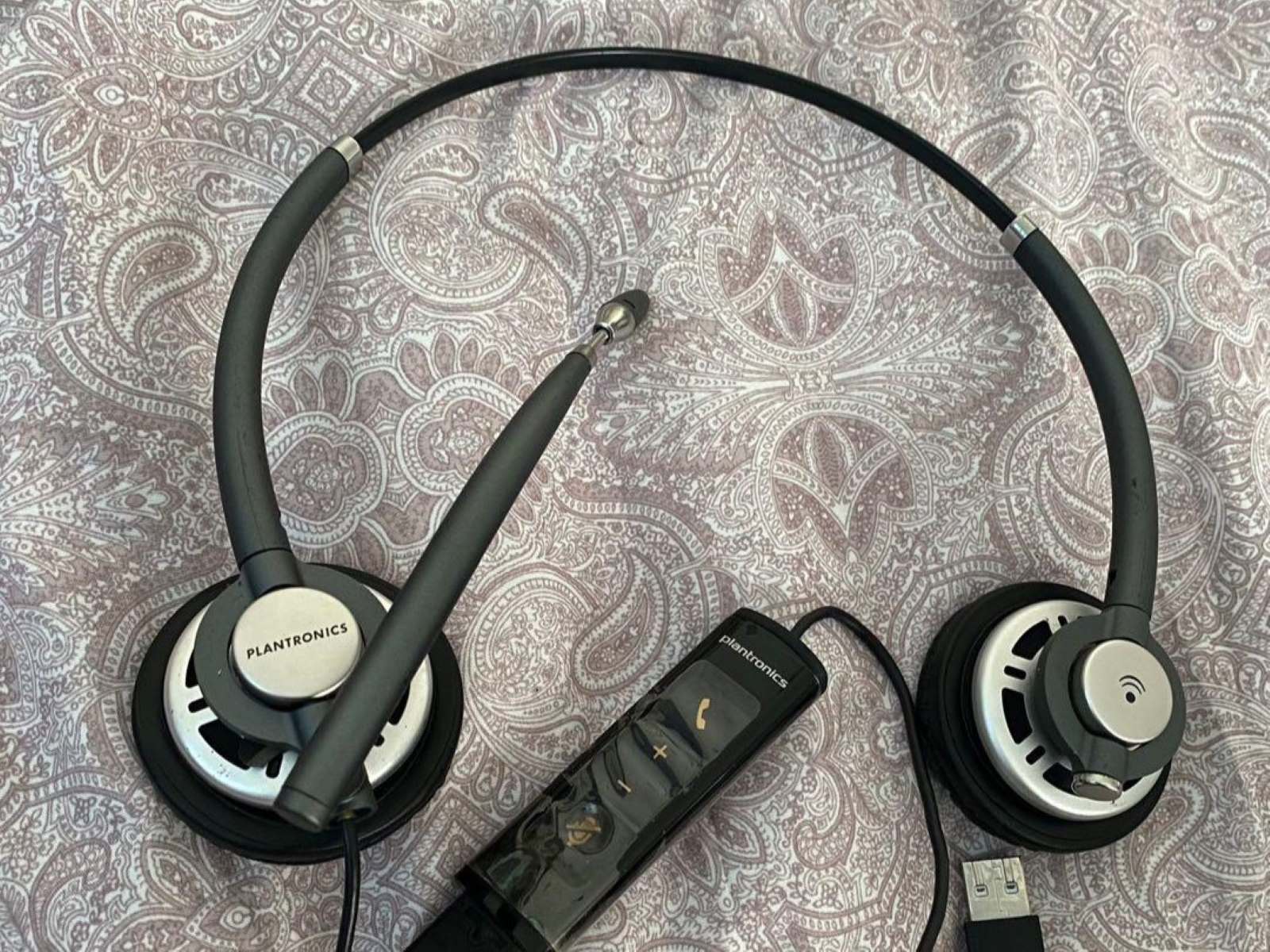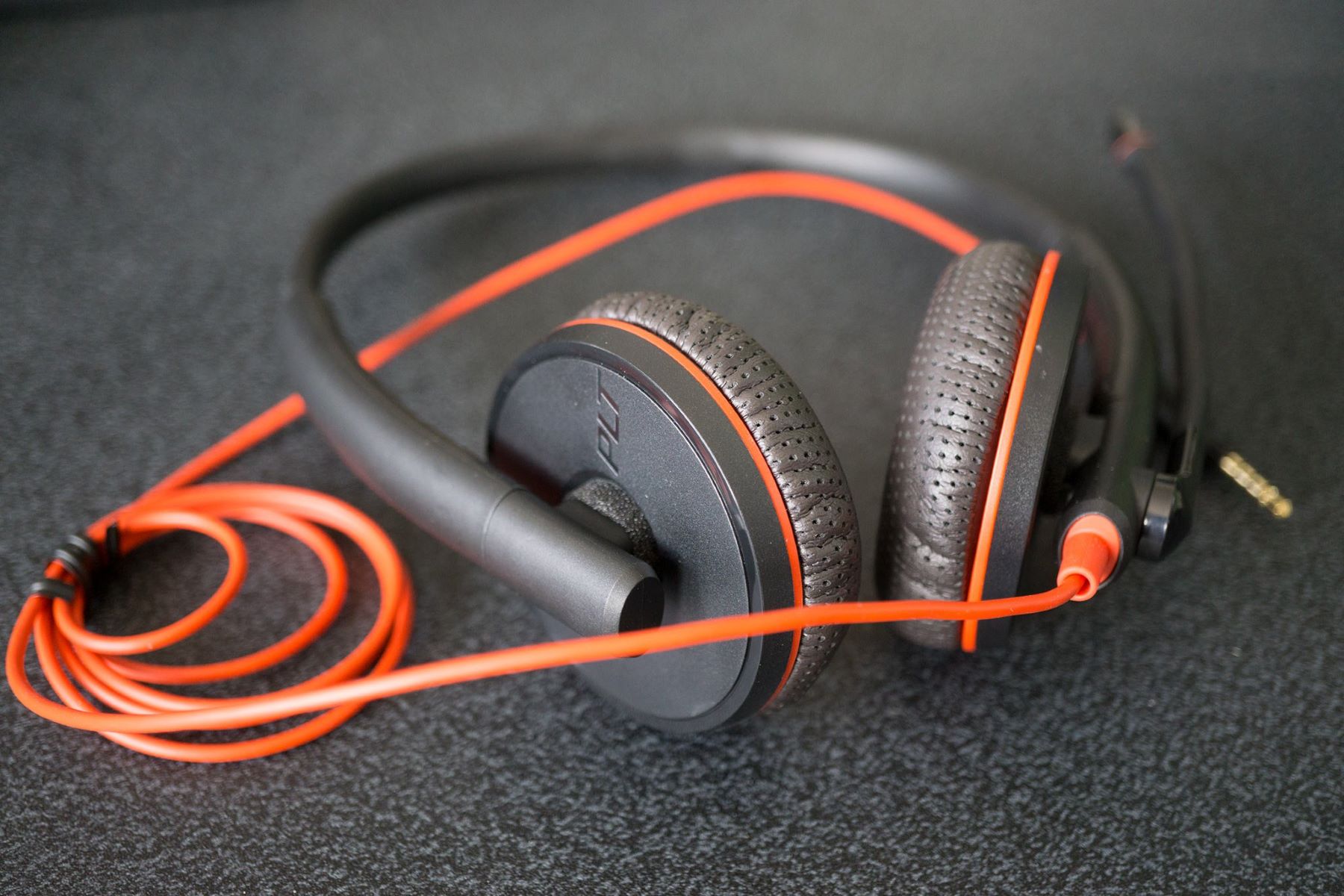Microphone Not Working
One of the most frustrating issues that can arise with a Corsair headset is when the microphone stops working. This can be a significant problem, especially for gamers who rely on clear communication with their teammates. If you find yourself in this predicament, there are several troubleshooting steps you can take to address the problem.
-
Check Physical Connections: Begin by ensuring that the headset is properly connected to your device. If you're using a wired headset, confirm that the cable is securely plugged into the appropriate ports. For wireless headsets, verify that the wireless receiver is connected to a functional USB port.
-
Adjust Microphone Settings: In many cases, the microphone issue may be related to settings on your computer or gaming console. Access the audio settings and check the input device to ensure that the headset microphone is selected. Additionally, make sure that the microphone volume is not muted or set too low.
-
Inspect the Microphone Boom: If your Corsair headset features a detachable microphone boom, ensure that it is securely connected to the headset. Sometimes, a loose or improperly attached boom can result in a malfunctioning microphone.
-
Update Drivers: Outdated or corrupted drivers can lead to various hardware malfunctions, including microphone problems. Visit the Corsair website or use the iCUE software to check for driver updates and install them if available.
-
Test on Another Device: To determine if the issue is specific to your device, try using the headset on another computer or gaming console. If the microphone works on a different device, the problem may be related to the original device's settings or hardware.
-
Replace or Repair: If none of the above steps resolve the microphone issue, it may be necessary to consider replacing the headset or seeking professional repair services, especially if the headset is still under warranty.
By following these troubleshooting steps, you can effectively address the microphone not working issue with your Corsair headset. Remember to approach each step methodically and test the microphone after each adjustment to identify the root cause of the problem.
No Sound in One Ear
Experiencing a loss of sound in one ear while using a Corsair headset can be exasperating, disrupting the immersive audio experience and potentially impacting communication during gaming sessions or virtual meetings. When faced with this issue, it's essential to methodically troubleshoot to identify and address the root cause.
-
Check Audio Source: Begin by confirming that the audio source, whether it's a computer, gaming console, or mobile device, is functioning correctly. Test the audio output with another pair of headphones or speakers to ensure that the issue is specific to the Corsair headset.
-
Inspect Cable and Connections: Examine the headset's cable for any visible damage, such as fraying or kinks, that could be causing a partial loss of audio. Additionally, ensure that the cable is securely plugged into the audio source and the headset itself. A loose connection can result in sound imbalance between the ears.
-
Balance Settings: Access the audio settings on your device and check the balance or left/right audio settings. It's possible that the balance is skewed, causing the majority of the audio to be directed to one ear. Adjust the balance to ensure an equal distribution of sound between the left and right channels.
-
Swap Audio Cables (If Applicable): For headsets with detachable cables, consider swapping the audio cables to determine if the issue is related to a faulty cable. If the sound imbalance persists with the swapped cable, the problem may lie within the headset itself.
-
Driver Updates: Similar to other hardware-related issues, outdated or corrupted drivers can lead to audio imbalances. Visit the Corsair website or utilize the iCUE software to check for driver updates and install them if available. Updated drivers can often resolve compatibility and performance issues.
-
Physical Inspection: Carefully examine the ear cups and the area where the audio is emitted for any debris or obstructions that may be impeding sound transmission. Clean the ear cups and the audio output area using a soft, dry cloth to ensure optimal audio delivery.
-
Test on Another Device: To isolate the issue, test the Corsair headset on a different device. If the sound imbalance persists across multiple devices, it's likely a hardware issue with the headset that may require professional attention.
By systematically addressing the potential causes of one-sided audio, users can effectively troubleshoot and resolve the "no sound in one ear" issue with their Corsair headset, restoring the immersive and balanced audio experience that the headset is designed to deliver.
Uncomfortable Fit
Experiencing discomfort while wearing a headset can significantly detract from the overall enjoyment of gaming, listening to music, or engaging in virtual meetings. When a Corsair headset feels uncomfortably snug or exerts undue pressure on the ears and head, it's crucial to address this issue to ensure prolonged usage without discomfort or potential long-term effects. Here are several steps to troubleshoot and alleviate the discomfort associated with the fit of a Corsair headset:
Headband Adjustment
Begin by adjusting the headband to achieve a better fit. Most Corsair headsets feature an adjustable headband that can be tailored to the user's head size and shape. Extend or retract the headband to distribute the weight of the headset evenly across the head, alleviating pressure points and reducing discomfort.
Ear Cup Positioning
The positioning of the ear cups plays a pivotal role in ensuring comfort during extended use. Adjust the ear cups to align with the ears, allowing for a comfortable and natural fit. Proper alignment can minimize pressure on the ears and prevent the headset from pressing too tightly against the head.
Cushion Inspection
Inspect the ear cushions for signs of wear or deformation. Over time, the cushioning material may lose its resilience, leading to discomfort during use. If the cushions appear worn or flattened, consider replacing them with compatible replacements to restore the headset's comfort and ergonomic support.
Break-in Period
In some cases, a new Corsair headset may feel tight initially, requiring a break-in period for the materials to adapt to the user's head shape. Gradually increasing the duration of wear over several days can allow the headset to conform to the user's head, resulting in improved comfort over time.
Headset Positioning
Ensure that the headset is positioned correctly on the head. The ear cups should align with the ears, and the headband should rest comfortably on the crown of the head. Proper positioning can alleviate discomfort and prevent unnecessary pressure on the ears and head.
Consider Alternative Accessories
Corsair offers various accessories, such as alternative ear cushions or headband padding, designed to enhance comfort and customization. Exploring these accessories may provide an effective solution for individuals experiencing discomfort with the standard headset configuration.
By systematically addressing the fit-related discomfort associated with a Corsair headset, users can optimize their gaming and multimedia experiences while ensuring long-term comfort during extended usage. Implementing these troubleshooting steps can lead to a personalized and comfortable fit tailored to individual preferences and head shapes, enhancing the overall satisfaction and usability of the Corsair headset.
Static or Crackling Sound
Experiencing static or crackling sound while using a Corsair headset can be disconcerting, disrupting the audio clarity and overall immersive experience. When confronted with this issue, it is crucial to methodically troubleshoot potential causes and implement corrective measures to restore pristine audio quality.
Check Audio Source and Cable Connections
The first step in addressing static or crackling sound involves verifying the integrity of the audio source and the headset's cable connections. Ensure that the audio output device, whether it's a computer, gaming console, or mobile device, is functioning correctly. Test the audio output using an alternative pair of headphones or speakers to rule out issues with the source.
Inspect the headset's audio cable for any visible damage or fraying that could be contributing to the static or crackling sound. Additionally, ensure that the cable is securely plugged into both the audio source and the headset, as loose connections can introduce unwanted interference.
Environmental Interference and Electromagnetic Fields
External factors such as electromagnetic interference from nearby electronic devices or power sources can manifest as static or crackling sound in the headset. To mitigate this, consider relocating the audio source or the headset away from potential sources of interference, such as routers, wireless devices, or electrical appliances. Creating physical distance between the headset and these sources can help minimize electromagnetic interference and alleviate the audio disturbances.
Driver Updates and Firmware Checks
Outdated or corrupted audio drivers can contribute to audio anomalies, including static or crackling sound. Visit the official Corsair website or utilize the iCUE software to check for available driver updates and install them if necessary. Similarly, ensure that the headset's firmware is up to date, as firmware updates can address compatibility issues and optimize audio performance.
Ear Cup and Speaker Inspection
Carefully inspect the ear cups and speaker components for any foreign objects, debris, or obstructions that may be causing the static or crackling sound. Even minor debris or dust particles can interfere with the audio output, leading to undesirable distortions. Gently clean the ear cups and speaker area using a soft, dry cloth to remove any potential obstructions and restore clear audio transmission.
Test on Alternative Devices
To isolate the issue, test the Corsair headset on alternative audio sources or devices. If the static or crackling sound persists across multiple devices, it suggests a potential hardware issue with the headset that may require further attention or professional assessment.
By systematically addressing potential causes of static or crackling sound, users can effectively troubleshoot and restore pristine audio quality, ensuring an uninterrupted and immersive audio experience with their Corsair headset. Implementing these troubleshooting steps can lead to a seamless and enjoyable audio experience, free from unwanted distortions and interference.
Connectivity Issues
Connectivity issues with a Corsair headset can be a significant impediment to seamless audio experiences, impacting gaming, communication, and multimedia enjoyment. When faced with connectivity challenges, it is essential to systematically troubleshoot potential causes and implement effective solutions to restore reliable and uninterrupted headset functionality.
Wireless Interference and Range Limitations
Wireless Corsair headsets, while offering enhanced mobility and convenience, can be susceptible to interference from other wireless devices and environmental factors. Common sources of interference include wireless routers, Bluetooth devices, and microwave ovens. To address connectivity issues stemming from interference, consider relocating the headset's wireless receiver to a different USB port or repositioning the audio source to minimize potential sources of wireless interference. Additionally, ensuring that the headset remains within the specified wireless range of the receiver can mitigate connectivity disruptions.
Battery and Power Considerations
For wireless Corsair headsets, battery levels and power management play a crucial role in maintaining stable connectivity. Low battery levels can result in intermittent connectivity or signal dropouts. To address this, regularly monitor and recharge the headset's battery as needed to ensure consistent and reliable wireless connectivity. Additionally, consider adjusting power management settings on the audio source device to prevent automatic power-saving features from impacting the headset's wireless connection stability.
Firmware Updates and Signal Optimization
Firmware updates for the headset and the wireless receiver can address connectivity issues by optimizing signal transmission and enhancing compatibility with audio sources. Visit the Corsair website or utilize the manufacturer's software to check for available firmware updates and install them to ensure the headset's wireless connectivity is operating at its optimal performance.
USB Port Selection and Cable Integrity
For wired Corsair headsets, connectivity issues may arise from USB port compatibility or cable integrity issues. Verify that the headset's USB cable is securely connected to a functional USB port on the audio source device. In cases where connectivity problems persist, try using a different USB port to rule out potential port-specific issues. Additionally, inspect the USB cable for any signs of damage or wear that may be affecting data transmission and connectivity.
Signal Interference and Environmental Factors
Environmental factors, including physical obstructions and signal interference, can impact both wired and wireless headset connectivity. Ensure that the headset's cable, if applicable, is not excessively tangled or pinched, as this can impede data transmission. For wireless headsets, consider minimizing physical obstructions and maintaining a clear line of sight between the headset and the wireless receiver to optimize signal strength and mitigate connectivity issues.
By systematically addressing potential causes of connectivity issues, users can effectively troubleshoot and restore reliable headset functionality, ensuring uninterrupted audio experiences during gaming, communication, and multimedia usage. Implementing these troubleshooting steps can lead to stable and consistent connectivity, enhancing the overall satisfaction and usability of the Corsair headset.







